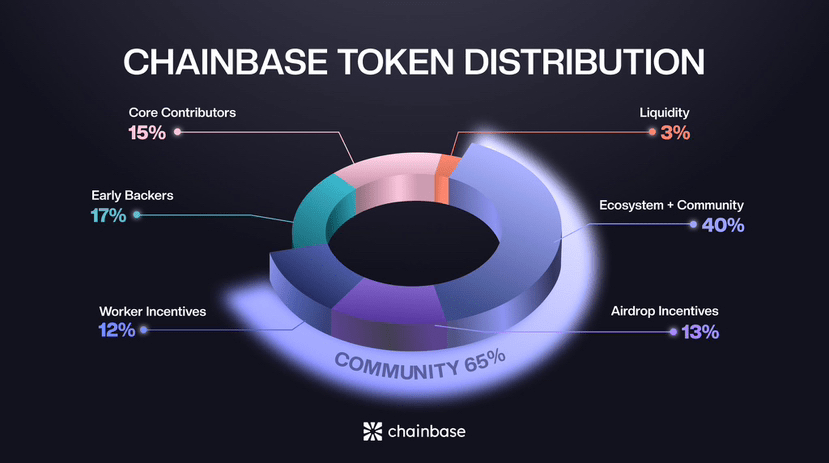The value is definitely there, right? Is Tencent reliable?
Many people ask about the data infrastructure: what exactly is the token for? If C is just a 'ticket', then its value is not sustainable. Chainbase's approach is more 'usage-driven': C is the native utility token of the network, used to pay for the calling fees of datasets and manuscripts, settle for nodes and validators, participate in governance, and form economic security through 'dual staking' in conjunction with external re-staking. This tightly binds the token to real usage scenarios.
First, look at 'use' and 'pay'. On Chainbase, not only can raw blockchain data be called, but also the manuscripts (cleaning, feature engineering, aggregation) published by developers can be directly reused by others; calling these resources requires payment.$C In other words, data providers, script authors, nodes, and validators are all brought into the same 'value chain': the more someone's results are used, the more rewards they receive.
Now let's look at 'guard' and 'penalty'. In the dual-chain structure, the execution layer obtains verification and computing power through EigenLayer AVS, reducing the bottleneck of 'single-chain full operation'; economically, Dual-Staking is introduced: borrowing external deep liquidity and low volatility like ETH as 'hard collateral', and using native C to capture the network's intrinsic value and governance rights. This gives the network both 'external skeleton' and 'internal muscles'.
In terms of governance and incentives, C's design is not about 'throwing money at TVL', but emphasizes rewards for real usage: datasets/manuscripts being repeatedly called, stable attendance of nodes, and verification services completed with quality and quantity are the basis for continuous distribution. Publicly available information often shows '500B+ data calls, 20,000+ developers, 8,000+ project integrations' as scaling signals—this kind of 'used data network' is more likely to form positive feedback: more developers—richer data assets—more calls—stronger incentives.
From the developer's perspective? The biggest change brought by $C is transforming 'the output of data engineering' from a sunk cost within the project to a network-level tradable asset. You no longer have to agonize over 'this script is only for our own use'—just throw it into the CVM to become a manuscript, others can reuse it with one click, and you earn $C based on usage; when you act as a 'consumer' and use others' assets, you can also calculate costs clearly using standard interfaces and fee models.
Of course, tokens are not a 'cure-all'. Any data network cannot escape two fundamentals: data quality and demand strength. Quality relies on verification, auditing, and governance; demand depends on whether real applications such as DeFi, NFT, wallets, risk control, and agents are willing to pay. In this regard, Chainbase focuses on 'making development faster, making calls more stable, and making data more trustworthy', then uses C to bridge the closed loop of costs—incentives—governance, which is a pragmatic approach.
The value of C is not in storytelling, but in being continuously settled with every real API call and manuscript execution. The more the data network is used, the stronger the presence of C—this illustrates the issue better than a poster.
@Chainbase Official #Chainbase $C